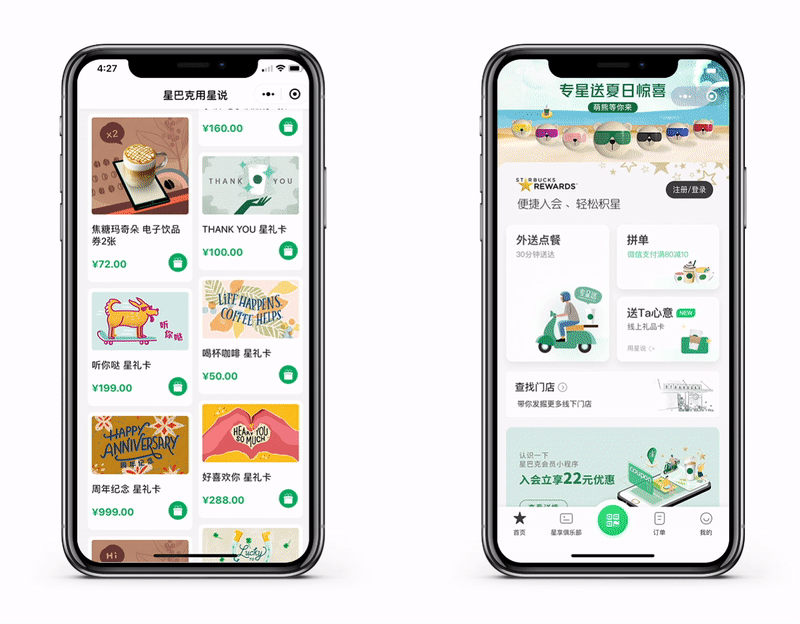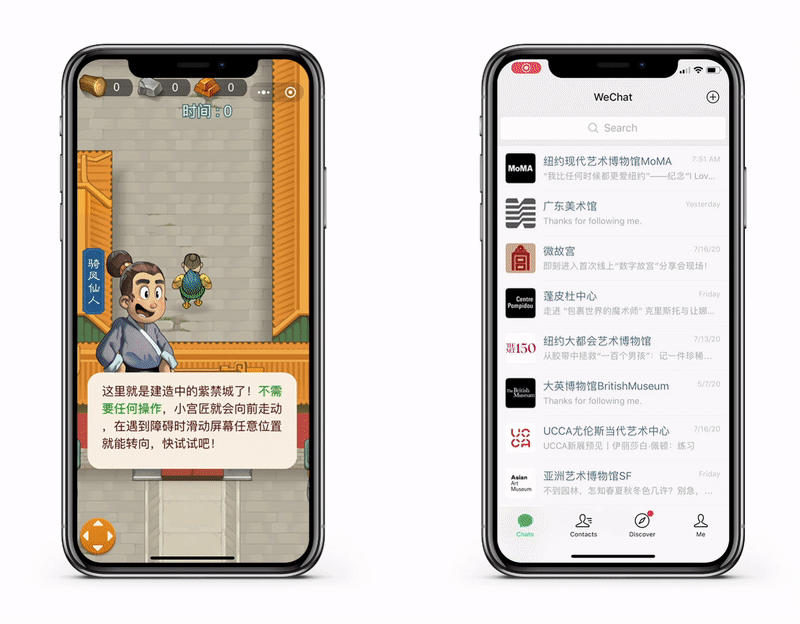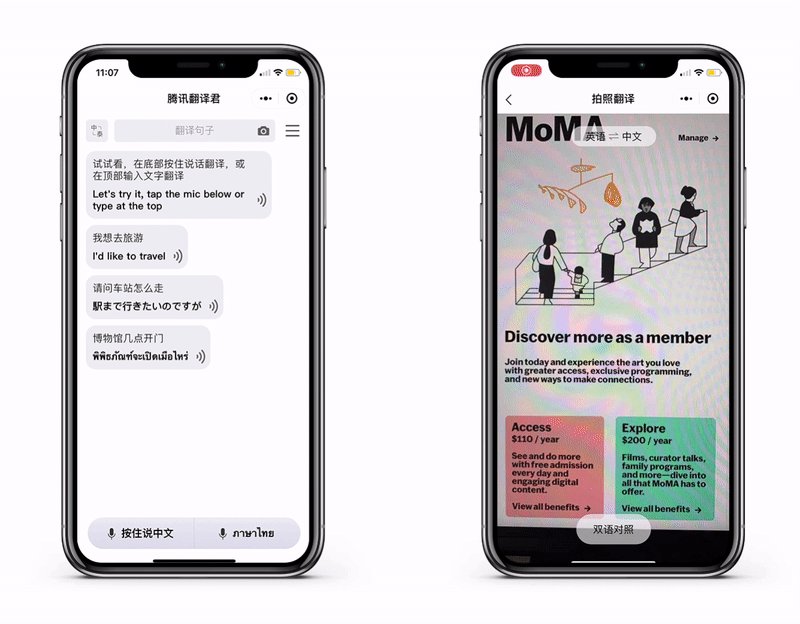This article is part of a series looking at Mini Programs, check out the other stories here.
WeChat’s place as China’s messaging platform of choice is long-established. Mini Programs are fast becoming equally ubiquitous as the preferred destination for Chinese consumers to execute a panoply of digital functions.
By the end of April, Tencent’s non-downloadable apps housed inside WeChat boasted 400 million daily active users with the average number of Mini Programs used by WeChatters increasing by 98 percent. This expansion of usage speaks to both the sheer volume of programs — more than 1 million — and the ever-growing number of brands, businesses, and cultural organizations creating Mini Programs to serve specific consumer needs.
In short, the versatility of Mini Programs have made them essential for companies connecting with Chinese audiences irrespective of industry.
Here, we highlight leading examples of Mini Program functions across e-commerce, way-finding, gaming, translation, and gift cards.
Live Streaming and E-commerce — Qunar
In China, e-commerce and live streaming are increasingly intertwined, a point reflected in the Mini Program functions of online travel agency Qunar. Beyond offering users a centralized portal to browse and book travel tickets and hotel rooms, Qunar’s “Live” feature introduces destinations and hot deals to audiences.

Qunar’s summer sale live stream drew more than 1.5 million viewers (left) with hosts offering discounted deals on destinations including Disneyland, hotel rooms in Tibet, and resorts in Hainan. Image: Qunar/Peter Huang.
WeChat Pay and Social Gifting — Starbucks
Following a strategic cooperation with Tencent in 2016, Starbucks has used its Mini Program to drive sales. Customers can execute orders directly through Mini Program (both pick-up or delivery) with Starbucks also focusing on social gifting through its “Say it with Starbucks” campaign. Users can send topical gift cards with customized messages to friends and family directly through the Mini Program.

At present, Starbucks’ Mini Program has around 21.5 million users with more than 30 percent of its transactions occurring through WeChat Pay. Image: Startbucks/Peter Huang
Gamification — Palace Museum
The early days of Mini Programs were dominated by games. In 2018, the Palace Museum collaborated with Tencent Gaming to create “Pocket Builder”, a game reminiscent of Nokia’s Snake in which players collect ancient treasures from around the Ming and Qing dynasty home. Aimed at youngsters, “Pocket Builder” educates players on traditional Chinese architecture and art and is readily sharable on users’ WeChat feed.

Palace Museum has several Mini Programs, each serving a specific function, including virtual tours, ticket booking, and souvenirs. Image: Palace Museum/Peter Huang.
Interactive Maps — Legoland
Losing yourself in the thrills of Legoland is one thing, getting lost is another. Merlin Entertainments, Legoland’s parent company, integrated a smart map into its Mini Program which tracks a visitors real-time location in the park and allows them to browse the map by “Attractions”, “Dining”, “Shopping”, “Customer Service”. It also allows visitors to snap a fun geolocated photo.

In 2019, Merlin Entertainments signed a deal with Tencent to create Mini Programs for Sealand Bangkok, Sydney Tower Eye and Legoland Japan.
Translation — Tencent Translator
Google translate may be the translation tool of choice in the English-speaking world, but in China few use it. Tencent’s translations Mini Program covers 13 languages and even translates from images, meaning users can use Tencent Translator to read non-Chinese webpages.

Tencent Translator includes a thesaurus and video language lessons. Image: Tencent Translator/Peter Huang.



